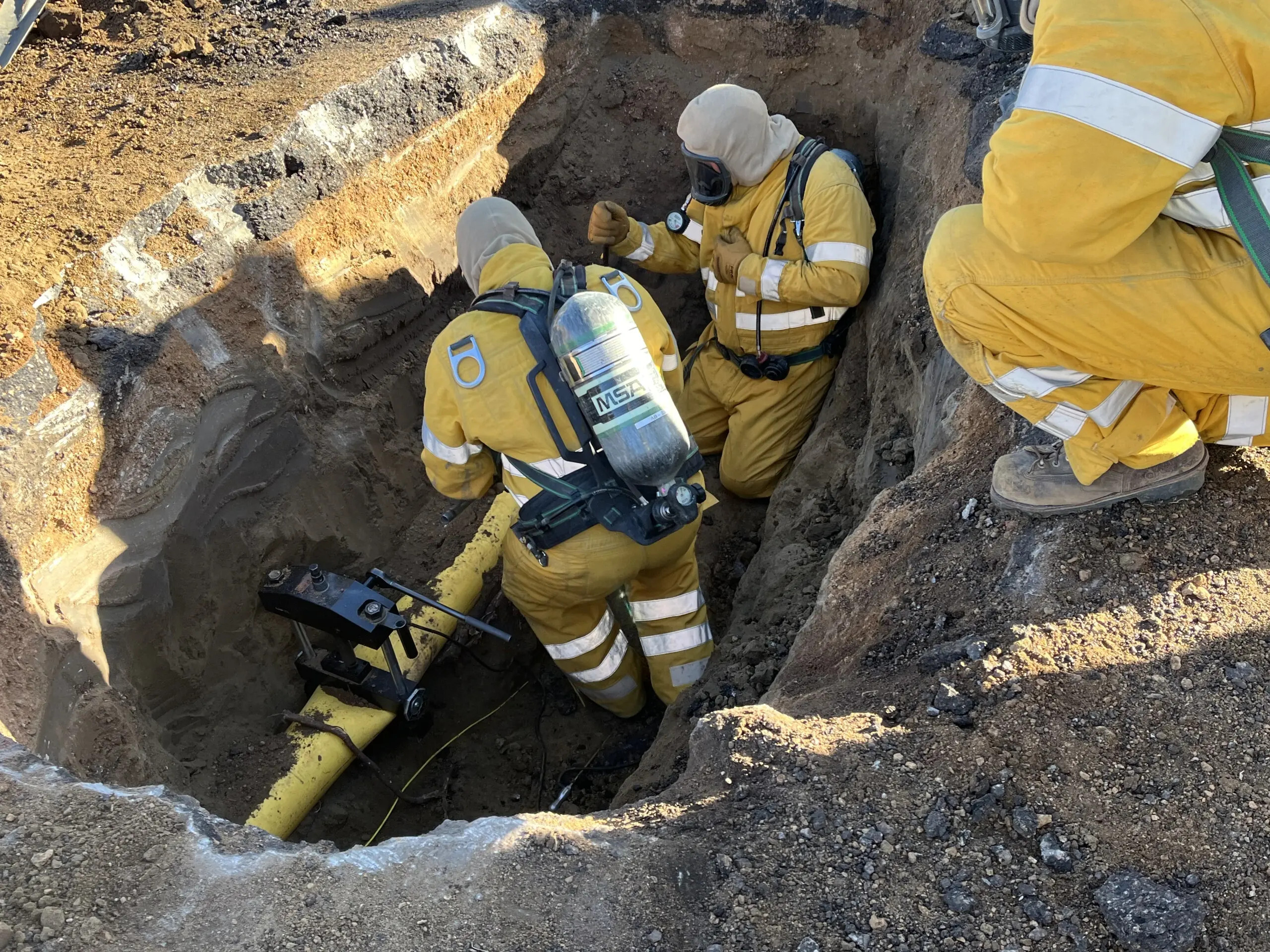Originally published on September 24, 2019 12:03 pm
Reservoirs can get messy after a big wildfire. The issue isn’t the fire itself, it’s what happens after.
Ash deposits can make the ground repel water rather than absorb it. Combined with a smoother, burnt up landscape, repelled water can flood down, muddying the rivers with muck and debris, a lot of which can end up in reservoirs. When that happens, it’s like filling a bathtub with mud—there’s a lot less room for water.
“When we built all these reservoirs in the West, wildfire [activity] was much lower than it is today,” said Brendan Murphy, a watershed scientist at Utah State University. He says people exptected the reservoirs to fill up with sediment a little due to regular erosion, but that it would happen slowly.
“But because wildfire wasn’t really a concern when they built these dams and this big catastrophic erosion wasn’t happening at that time, very few -- if any -- of these reservoir sediment management plans account for or even talk about wildfire,” said Murphy, who discussed his research on the risks wildfires can pose to reservoirs this week at the annual meeting of the Geological Society of America.
Starting with watersheds near Salt Lake City, Murphy and his colleagues are studying better ways to predict how clogged a reservoir might get based on a wildfire’s characteristics.
While it’s possible to drag the muck back out, it’s expensive and time-consuming. A better option, Murphy says, might be to manage wildfires with reservoirs in mind because the amount of sediment could depend on a fire’s location, size and behavior.
“Managing our water resources in the West may really come down to managing our fires in the West,” said Murphy. Indeed, the U.S. Forest Service has mapped areas where forests matter when it comes to the surface drinking water. In the map embedded below, green and blue indicate locations where surface water is an important source of drinking water, forests are important in providing that water, and wildland fire could threaten its quality and availability.
After big fires in 1996 and 2002 led to flash flooding, a reservoir near Denver called Strontia Springs filled with mud and trees. Denver Water, which manages the site, estimated the material led the water storage capacity to drop by about 10%. It took more than a year -- and about $18.5 million -- to dredge it all up.
“The Buffalo Creek and Hayman fires taught us that investing in healthy forests is less expensive than dealing with the after-effects of a catastrophic wildfire,” said Jose Salas, a spokesperson for Denver Water. He says in total it cost about $27 million to repair infrastructure, remove sediment and restore land around key drainages.
Denver Water also started working with the U.S. Forest Service in 2010 to, among other things, plant more than a million trees in the area that burned in order to protect the reservoir going forward.
Research shows wildfires have become more frequent and severe over the past 30 years.
“There’s a real and significant risk that just hasn’t been planned for,” Murphy said.
This story was produced by the Mountain West News Bureau, a collaboration between Wyoming Public Media, Boise State Public Radio in Idaho, KUER in Salt Lake City, KUNR in Nevada and KRCC and KUNC in Colorado.
Copyright 2019 KUNC. To see more, visit KUNC.








